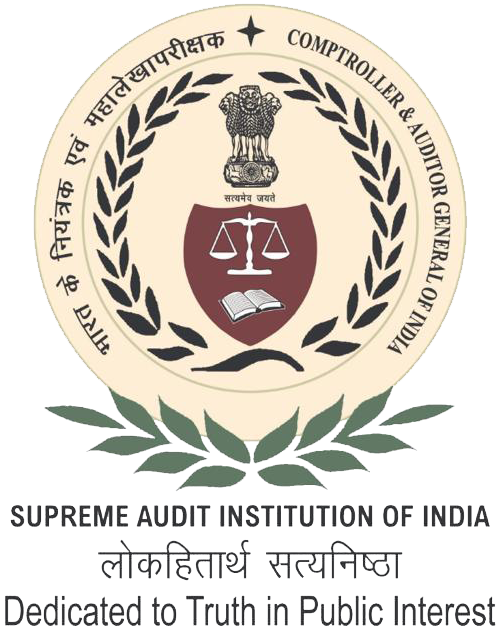- Home
- About Us
- Function
- Auditee Organisation
- Resources
- Publication & Reports
- Contact us
- Employee Corner
Audit Reports
Performance

Civil
Report No. 3 of 2009 - Performace Audit of Functioning of Major Port Trust in India of Union Government, Ministry of Shipping
Date on which Report Tabled:
Tue 09 Mar, 2010
Date of sending the report to Government:
Government Type:
Union
Union Department
Civil
Sector
Transport & Infrastructure
Overview
There are 11 major ports in India governed by the Major Port Trusts Act, 1963, which serve as the primary conduit for India's international trade, by handling three-fourths of the nation's maritime cargo. These ports function as autonomous bodies under the Ministry of Shipping. They follow a traditional business model where ports take upon themselves, the task of creation of common infrastructure and the responsibility of commercial operations like marine and cargo handling services. However, with the rapid increase in cargo traffic over the last decade, massive investments in capacity augmentation had become necessary. To address the need, the Ministry formulated the National Maritime Development Programme in 2005-06, which envisaged an investment of Rs 55800 crore for the major ports by 2012. The programme also indicated a paradigm shift in policy towards the 'landlord' model, whereby the ports would act as trade facilitators by investing in common user facilities like deepening of channels, improvements in connectivity, etc, leaving commercial services to private entities under revenue sharing arrangements.
The performance audit revealed that the depths available at the major ports were unable to cater to all types of vessels that plied international waters. Moreover, dredging undertaken by these ports had not been effective as significant variations were noticed between the drafts at the access channels and the berths. The depths reported by the ports did not provide adequate assurance to the visiting vessels. The dredging policy of the Ministry compelled some ports to engage the Dredging Corporation of India for the work, but it often failed to maintain the required drafts. Further, deepening projects, critical for the competitiveness of the ports, were neglected. These factors limited the berthing options available to ships, resulting in their queuing up for a few berths, leading to high pre-berthing detentions. It was estimated that maritime trade in India lost more than Rs 1400 crore per annum on account of such detentions. It was also found that important marine services like providing of tugs and pilots for safe navigability, in which ports enjoyed a monopoly, were not being carried out efficiently. Lack of provision of night navigation facilities also restricted round -the -clock access of vessels to the ports.
It was found that the cargo handling services of the ports were inefficient, as a predominant number of berths still did not have the dedicated facilities that were necessary for quick handling of the main forms of cargo like liquid bulk, dry bulk and containers. Liquid bulk which primarily consisted of petroleum, oil and lubricants, constituting 33 per cent of the total cargo, faced handling inefficiencies due to slow rates of discharge at specialized berths, leading to high turn-round time of vessels. The users at the major liquid bulk handling ports were, therefore, compelled to shift handling points to offshore Single Buoy Moorings, thereby affecting the revenues of the ports. It was found that dry bulk cargo, viz. coal, iron ore, fertilizers, etc, comprising around 40 percent of the total cargo, was mostly handled at non-mechanised berths as only eight per cent of all the dry bulk berths at the ports had specialized equipment for the same.

